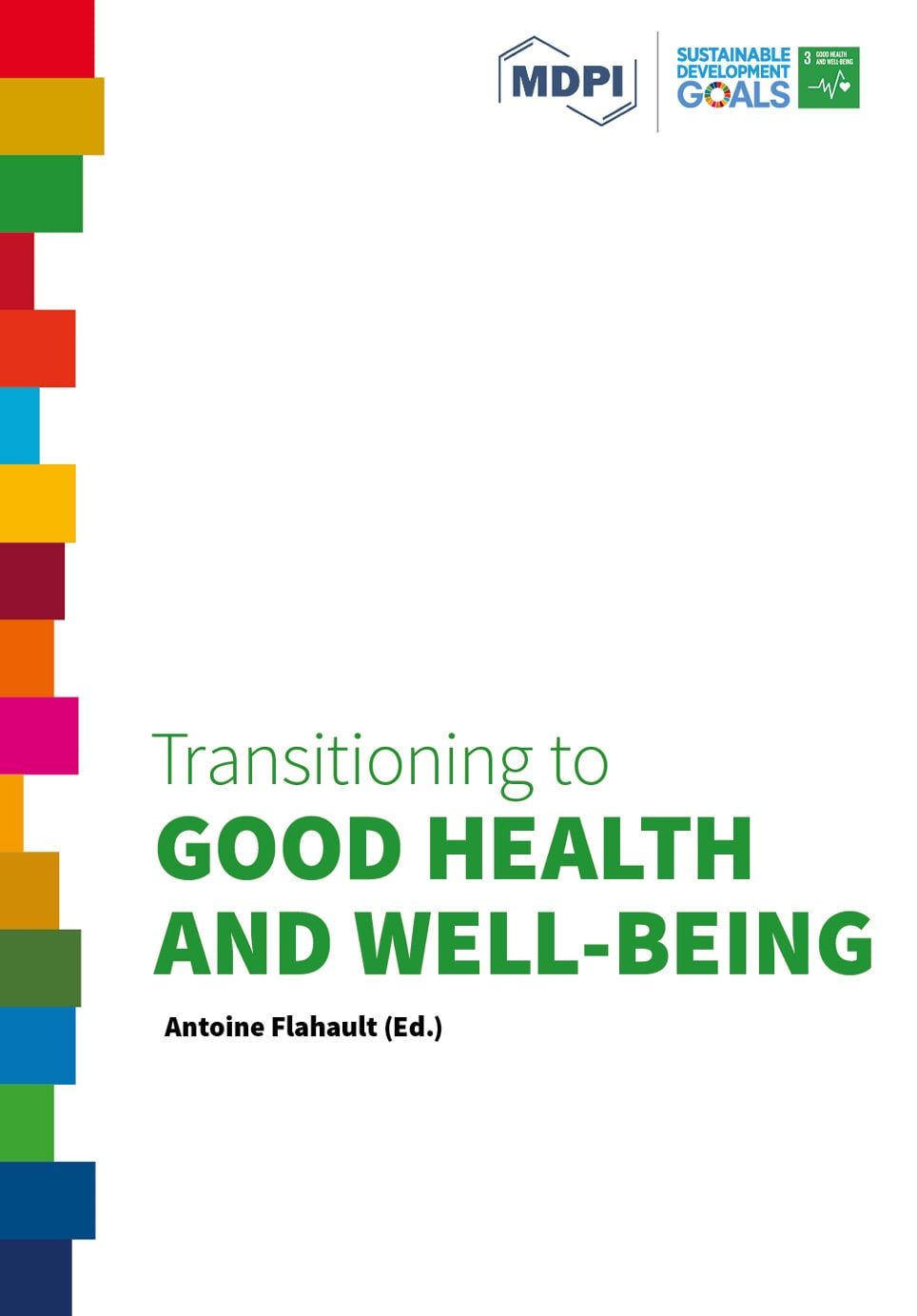Sustainable Work Ability during Midlife and Old Age Functional Health and Mortality
Background: Sustainable work ability is a multifaceted concept that involves the matching of the needs and abilities of the individual with the quality of work. Good work ability during a work career is one of the potential indicators of sustainable work ability and employment, as it requires a good balance between individual resources and work demands. We aimed to study the developmental pathways of work ability during midlife until retirement and its impact on functional health in terms of mobility limitations in old age using longitudinal data on employees in a large amount of blue- and white-collar occupations. Furthermore, we studied the difference in survival among people in different trajectory groups. Methods: Questionnaire data on work ability, working conditions, lifestyle, and physical functioning of middle-aged municipal employees (n = 2918) were linked with registers on retirement and all-cause mortality. Perceived work ability was measured as the current work ability compared with the lifetime best in a score of 0 to 10. The trajectory of work ability was analyzed by using growth mixture modeling in 16 years of follow-up data. Mobility limitations as an outcome was defined using nine items related to physical mobility tasks. Trajectory membership of work ability was used as a predictor of mobility limitation after 12 years using generalized linear models. Cumulative hazard curves for mortality by trajectory group were calculated. Results: Three distinct trajectories of work ability emerged. The majority of the participants (65%) had good work ability, which is here defined as sustainable work ability, 25% having L-shaped decreasing work ability and 10% having U-shaped decreasing work ability. Demographics, lifestyle factors, morbidity, and physical workload-adjusted models shows that L-shaped (Incidence rate ratio (IRR) 1.24, 95% confidence interval (CI) 1.18–1.30) and U-shaped (IRR 1.37, 95% CI 1.28–1.47) work ability trajectory membership was strongly associated with a higher risk of mobility limitations in the next 12 years of follow-up. The cumulative hazard for all-cause mortality was highest among those in the U-shaped decreasing work ability trajectory group. Conclusions: Those with a sustainable work ability during midlife showed a lower risk of mobility limitations and better survival compared to those with decreasing work ability. These findings highlight the importance of sustainable work ability throughout the working career as well as the need for early identification of workers with diminishing work ability and need for workplace interventions to help to promote an extended working career as well as a healthy old age.
